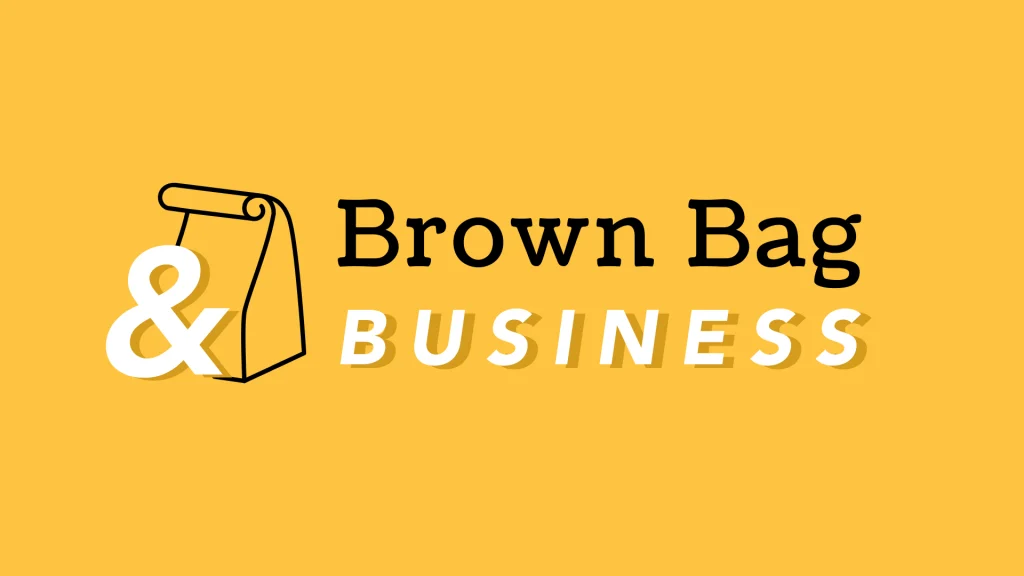Storing Company Data: SharePoint vs. Dropbox vs. Google Drive
Business has changed. Having access to corporate data from anywhere in the world is a must now, especially with the introduction of cloud services such as Dropbox and Sharepoint. Gone are the days of USB keys and external hard drives. Employees and Executives want access to data all the time from any device, anywhere in the world. Fortunately, there are several good options for cloud storage. The trick is figuring out which one will best serve your current and long-term needs. We routinely get calls from customers asking us about SharePoint, Dropbox, and Google Drive. Our typical response is that they are all great products but designed for very different purposes. Here’s the breakdown:
Dropbox
Dropbox is a file hosting service that offers cloud storage, file synchronization, and client software. Users create a special folder on each of their computers, which Dropbox then synchronizes so that it appears as the same folder with the same contents regardless of the computer used to view it. Files in this folder can also be accessed with a website and mobile applications.
Pros:
– Easy to use
– Can be used as a cloud file server
Cons:
– Offers the least value
– Dropbox is a simple file-sharing solution. This will be adequate for the average consumer, but data security could be a concern for businesses. There are no passwords and anyone with access can modify and share anything they wish.
Google Drive
Google Drive is a file storage and synchronization service that offers cloud storage, file sharing and collaborative editing. Google Drive is the new home of Google Docs, a suite of productivity applications that include collaborative editing of documents, spreadsheets, presentations, etc.
Pros:
-Free storage for up to 15 GB; monthly rates start at $4.99 for 100 GB of storage
Cons:
-This price can be a little misleading because this total storage is spread across Google Drive, Gmail, and Google+ Photos
-Trying to move users away from familiar Microsoft applications to Google can lead to user resistance and compatibility issues if users refuse to switch—a common problem that can also lead to unsynchronized Office and Google Docs versions of documents existing within the organization.
SharePoint
Describing SharePoint is tricky because it can do just about anything. And to be fair, comparing SharePoint to Dropbox is like comparing a modern-day computer to an abacus.
At the most basic level, SharePoint is a web application platform that allows for online document storage, management, and collaboration. But it can also be used as an internet portal, extranet or internet site, for e-discovery, business intelligence, a collaborative tool for managing projects, teams and lists, synchronizing calendars with Outlook, and much more. It’s so versatile that it is used by 78% of Fortune 500 companies, but accessible and affordable enough for even tiny organizations.
Pros:
– Offers the most value for businesses; because it’s highly customizable, it can be configured for virtually any need and industry
– Allows for extreme granular permissions (such as edit, view only, delete/create files, etc.) and information hierarchy access for more secure sharing—even more important when external users are brought in to collaborate
– The brandable interface allows you to project a much more professional image, not only internally, but especially when collaborating with external partners
Cons:
– Generally more expensive when used simply for online data storage
– Because it’s highly customizable, SharePoint can be a complex platform to configure and manage



